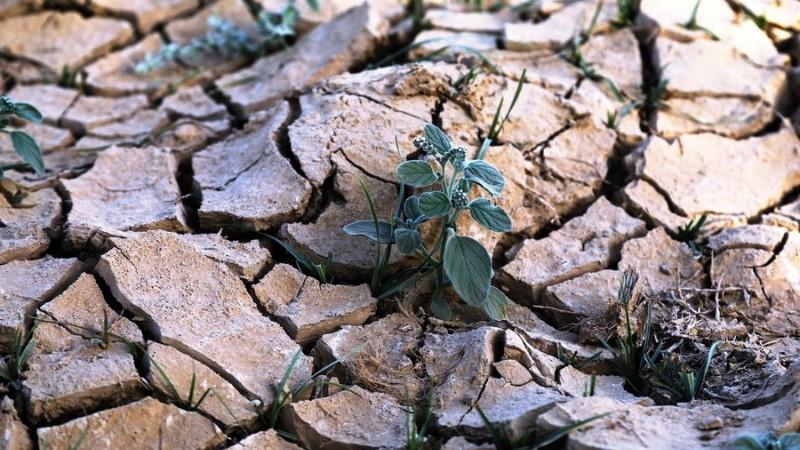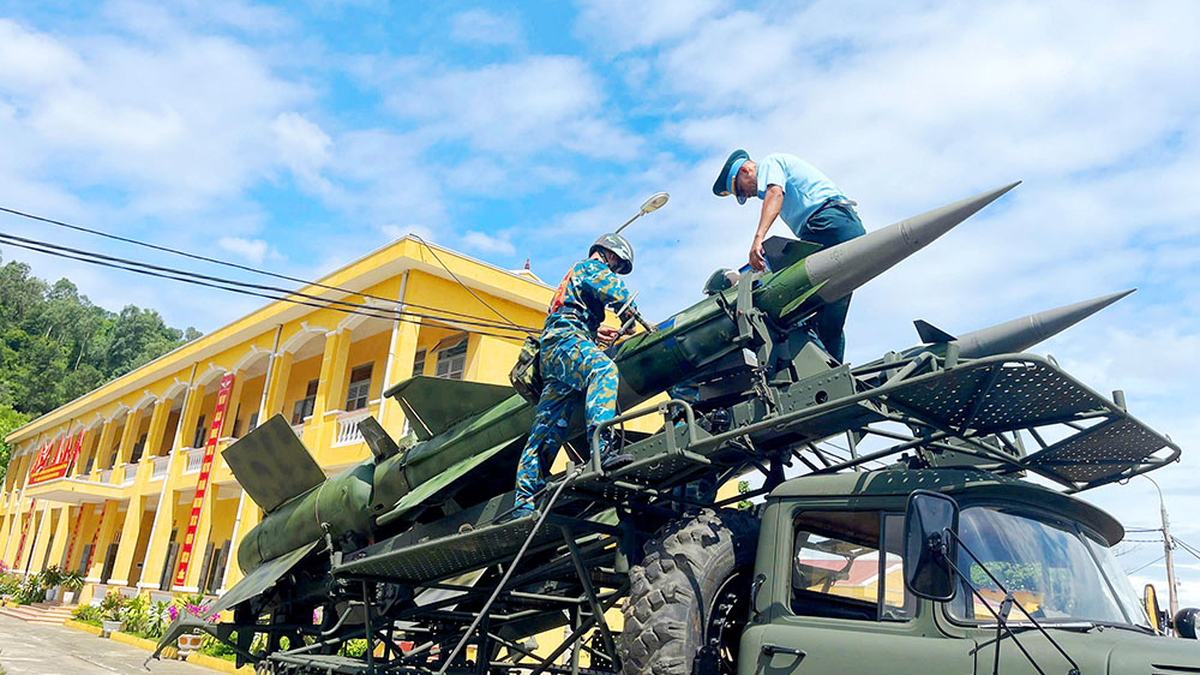
Central Asia has become one of the world’s most vulnerable regions in terms of water security. The recently released United Nations World Water Development Report 2025 highlights that this “land of vast steppes” is one of the regions most severely affected by climate change on water resources.
This situation is causing much concern. At a recent conference, the leader of Kyrgyzstan emphasized that the shortage of fresh water in Central Asian countries could reach 20%-30% by 2050. About 82 million people in Kazakhstan, Kyrgyzstan, Tajikistan, Turkmenistan and Uzbekistan are facing water insecurity. Many villages do not have regular access to clean water.
| The effects of climate change and shrinking arable land are causing an increase in internal migration. According to warnings, by 2050, more than 5 million Central Asians could face climate-related migration. |
Central Asia’s water insecurity is partly due to the instability of river flows in the region, which is directly linked to faster-than-normal glacier loss in Central Asia’s high mountains. This poses long-term risks to agriculture , energy, ecosystems and water resources.
Meanwhile, over-exploitation of water from the region’s rivers has also had many consequences. Most notably, due to the lack of water from the rivers, the Aral Sea has continuously shrunk, with its surface area decreasing by 88% and its salinity increasing 20-fold. Because of the saline, barren land and polluted water, rural communities in Uzbekistan and Kazakhstan around the Aral Sea have left en masse.
Central Asia's water insecurity is partly due to the instability of river flows in the region, which is directly linked to faster-than-normal loss of glacier mass in Central Asia's high mountains.
Central Asia has long considered water resources to be of strategic importance. According to the Daily Sabah, the sharing of water resources among countries in the region is largely shaped by differences in geography and economic needs. Upstream, Tajikistan and Kyrgyzstan, which control dams and seasonal flows, use water for energy production and consider the resource essential for national development. Downstream, Kazakhstan, Uzbekistan and Turkmenistan also rely heavily on water for production.
This dependence has given water its geopolitical value. Control over water can be a bargaining chip and an economic lever, but it can also pose security risks. For example, a border dispute between Kyrgyzstan and Tajikistan, partly over shared water resources, flared up again in 2021, escalating into deadly military clashes.
Realizing that water disputes can cause regional instability and become a serious security challenge, Central Asian countries have recently made efforts to find common ground. The approach has also changed, from competition to dialogue, diplomacy and cooperation. The water issue in the region has been redefined, along with environmental, geopolitical, economic and social responsibilities.
In particular, 2025 is considered a “major turning point” for Central Asian countries in the water issue, when the approach from competition to cooperation is concretely realized. The trilateral border demarcation agreement signed between Tajikistan, Kyrgyzstan and Uzbekistan, with the “Declaration of Eternal Friendship” demonstrating consensus on perceptions, not only on border disputes, but also on fundamental issues such as sharing water resources, access to hydropower infrastructure and balanced management of energy and water resources.
However, the lack of alignment between national strategic priorities, management capacity that has not kept up with practical requirements, and data sharing issues are posing many challenges to Central Asia regarding water resources. To overcome these challenges, the region still needs a more comprehensive approach, observers say. Water diplomacy needs to be integrated with technical expertise. In addition, in addition to expanding the functions of regional water management organizations, harmonizing Central Asia’s water policies with extra-regional mechanisms can facilitate deeper integration into international standards.
Updated 7/28/2025
Source: https://laichau.gov.vn/tin-tuc-su-kien/chuyen-de/tin-trong-nuoc/khung-hoang-nguon-nuoc-o-trung-a.html































![[Photo] National Assembly Chairman attends the seminar "Building and operating an international financial center and recommendations for Vietnam"](https://vphoto.vietnam.vn/thumb/1200x675/vietnam/resource/IMAGE/2025/7/28/76393436936e457db31ec84433289f72)



































































Comment (0)